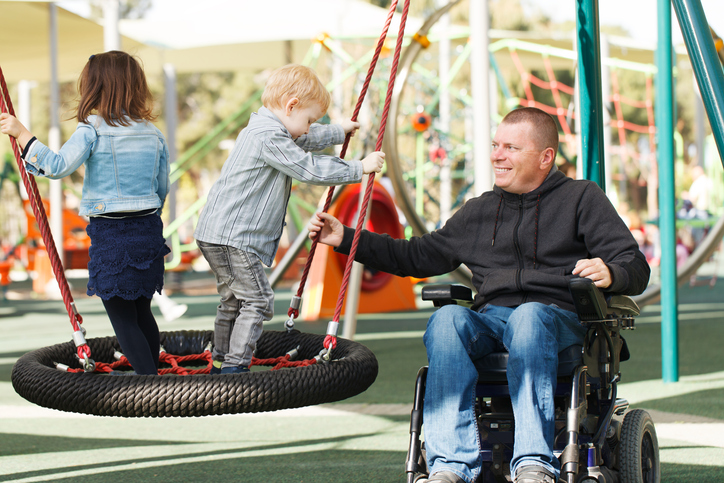Living with Chronic Pain
Recognizing Pain Signals in Young Children and Non-Verbal Individuals

The inability to communicate about pain is distressing for the individual experiencing the pain and for caregivers. Determining when medical attention is necessary, what hurts, and how to administer care is challenging without proper speech. Below is information on how to recognize signs of pain in those who are unable to communicate.
Babies
Recognizing pain in a baby is difficult. Babies cry as a way to express their needs. However, certain signs may indicate the baby is in pain, which include the following:
- Unusual crying patterns. A painful cry may sound different from normal, or a baby's behavior around their crying might change. If the crying continues, especially after feeding, changing, and cuddling, the baby may be in pain. A baby who is typically very calm may become uncharacteristically fussy when in pain.
- Crying while nursing. A baby that cries while nursing may have an ear infection.
- Prolonged, intense crying, usually at the same time for several days. A baby that has intense, inconsolable spells of crying for no discernible reason may have colic. Colic typically occurs approximately two weeks after birth, peaks at six weeks, and gradually declines until three or four months old.
- Crying while drawing the legs to the abdomen. An indicator of colic or a serious medical condition includes babies that draw their legs to the stomach while crying.
- Withdrawal. A baby that becomes unusually quiet, still, and avoids eye contact may have reduced energy due to pain.
Toddlers
Most toddlers can use certain words or body language to communicate that they are in pain. This includes but is not limited to, the following:
- Clutching the painful area.
- Cue words, such as owie, ouch, hurt, etc.
- Pulling or rubbing the ear may indicate ear pain or an ear infection.
Any age
Children of any age and those who are unable to speak often express pain in other ways. This may include the following:
- Favoring one arm or leg
- Decreased physical activity
- Changes in appetite
- Changes in sleep patterns
- Avoiding peers
- Irritability
- Sounds or facial expressions, such as gasping, wincing, frowning, etc.
- Physical indicators, including dull eyes, rapid breathing, sweating, flushed skin, etc.
- Clenched fists
- Smaller range of motion than normal
- Crying
- Agitation or shifting
- Kicking
- Guarding the injured area
What to do
Depending on the individual’s age and communication ability, certain non-verbal indicators can help with pain communication. Caregivers should utilize the following:
- Ask them to point to where it hurts.
- Show pictures of faces (e.g., crying, sad, emotionless, happy, etc.) and have them point to how they are feeling.
- Ask for a pain rating (0-10) if appropriate (this is difficult for many people, especially when autistic).
- Ask simple “yes or no” questions.
- Provide writing tools or Augmentative and Alternative Communication (AAC) devices.
- Suggest drawing the pain.
Additional source: Verywell Health


















